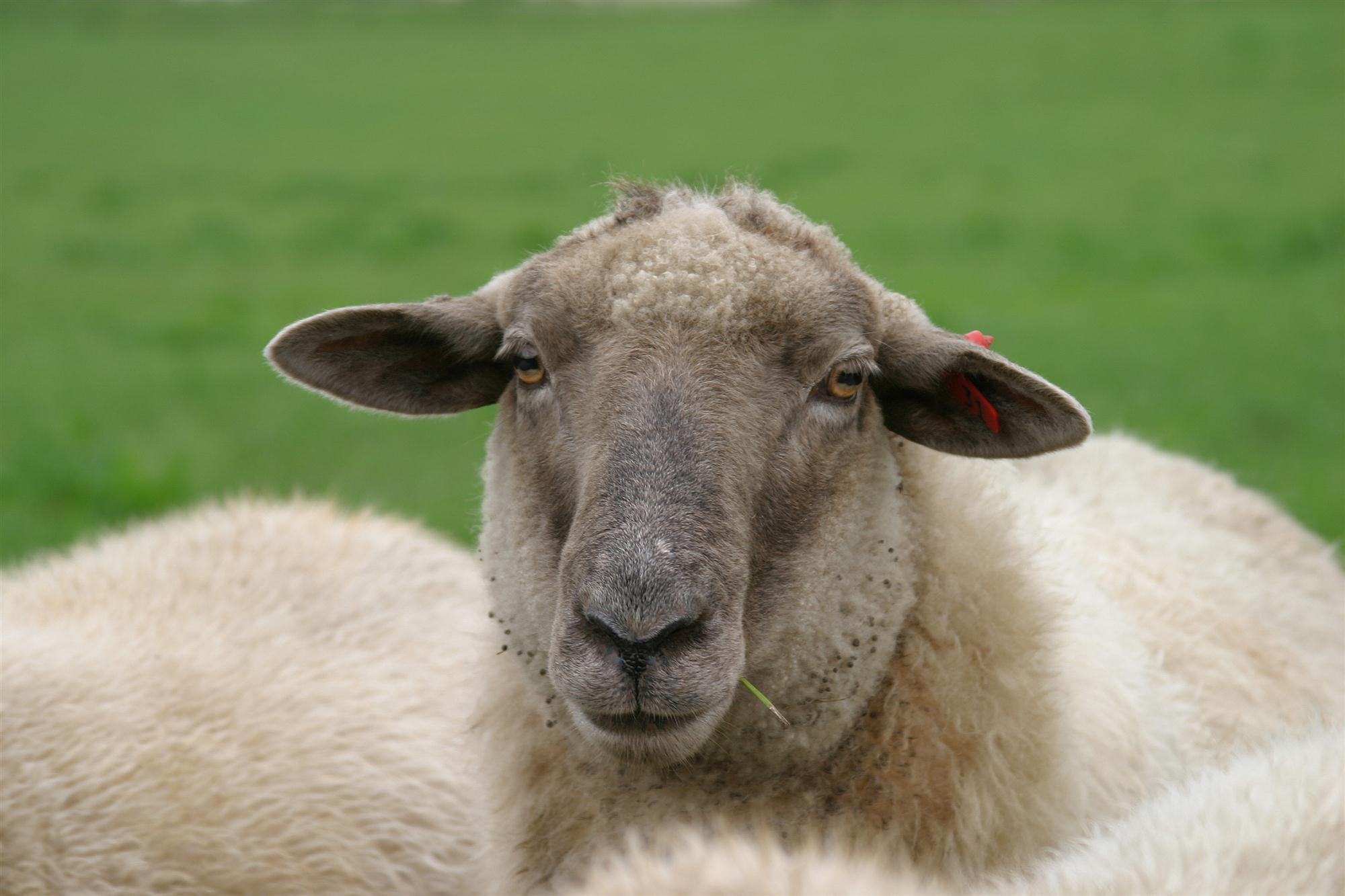Following more than a decade of negotiations, the final text of the China-Australia Free Trade Agreement (ChAFTA) has now been tabled in the Australian Federal Parliament and is thought to have a clear majority backing. The conclusion of ChAFTA negotiations was announced on November 17, 2015. Assuming the usual timeframe for the passage of such legislation, expectations are that the ChAFTA should commence, formally, on or around January 1, 2016.
Andrew Robb, Australia’s trade and investment minister, says Australian businesses are another step closer to realizing the enormous opportunities created by the free trade agreement with China, after implementing legislation passed by the Senate on the same day.
“The government has worked hard to ensure this high-quality agreement with our biggest trading partner enters into force before the end of the year, and today’s vote marks a significant milestone in that process,” Robb said. This agreement was also a big step for China, following on from its recent free trade agreement with South Korea.
Paul Schroder, a partner at law firm King & Wood Mallesons in Sydney, says the ChAFTA is a major step forward, sending a strong and unmistakable message that China and Australia are committed to developing a deeper engagement – economically, politically and socially – with each other.
Schroder told Asia Cargo News that key changes are expected to include:
- Removal and reduction of tariff barriers. Australia’s dairy, beef, sheep meat, live animal exports, wine, seafood and horticulture sectors are likely to be the big winners along with certain resources/energy producers and manufactured products;
- Relaxation of Australian regulatory barriers to Chinese investment; and
- Facilitation of Australian investment into China.

This is the first comprehensive free trade agreement that China has concluded with a developed economy. According to Chinese financial news website Caixin, Gao Hucheng, the commerce minister of China, said ChAFTA would bring more red meat, and better wine, to China. (In the near future, the 15-30% tax for wines will be gradually eliminated; seafood imported from Australia will bear no tax from this year.) As Australia’s largest trade market – with A$107 billion (US$77 billion) of exports and A$52 billion (US$37.4 billion) of imports, which amount to more than a quarter of Australia’s overall trade – the Chinese agreement is highly significant.
According to Jack Redfern, a principal at the Shelston IP law firm in Sydney, trade cooperation between Australia and China has grown significantly over the last decade, and China has been Australia’s largest two-way trading partner for a number of years. In fact, Australia now exports more to China than to any other country, and imports more from China than from any other country.
The main exports of products from Australia to China are primary products such as iron ore, coal and gold, and the main exports of services are education services. The imports to Australia from China are primarily manufactured goods, the larger categories of which include telecommunications equipment, clothing, computers and furniture. The total value of the trade between the countries in 2014 was more than A$142 billion (US$103 billion).
“In my experience there is considerable enthusiasm, from both Chinese and Australian businesses, to further develop business opportunities,” Redfern says. “However, there are several challenges to this which are not necessarily industry-specific, but more centred upon cultural issues and varying degrees of familiarity with intellectual property rights (IPRs).”
Another challenge – faced primarily by Chinese companies – is implementing an effective distribution channel in Australia for manufactured goods, Redfern adds. “With large cultural differences, it can be very time-consuming to identify the right partner in Australia, and to ensure that the relevant IPRs are in place in Australia so that the distribution can be well-managed and controlled.”
While actual and potential importers/exporters may gain comfort and confidence from the IPR provisions of the ChAFTA, there still remain the practical challenges to overcome that are foreshadowed in the answer to the preceding question. However, with greater comfort and confidence those challenges should be more easily grappled with.
By Lily Zhang
Asia Cargo News | Hong Kong




